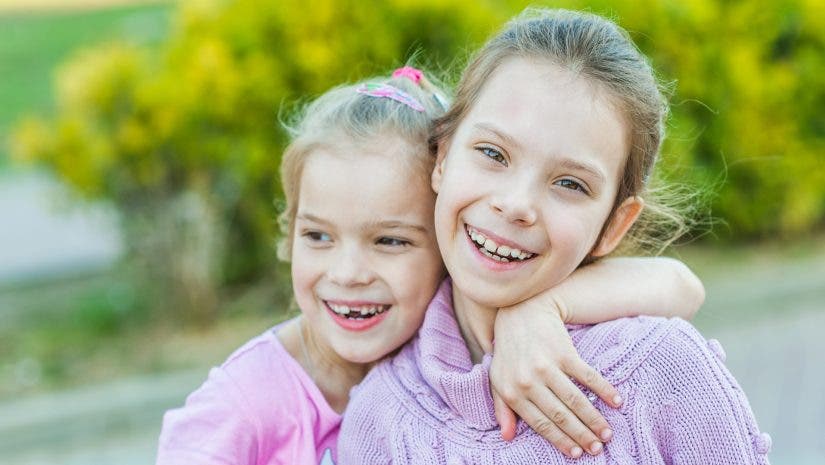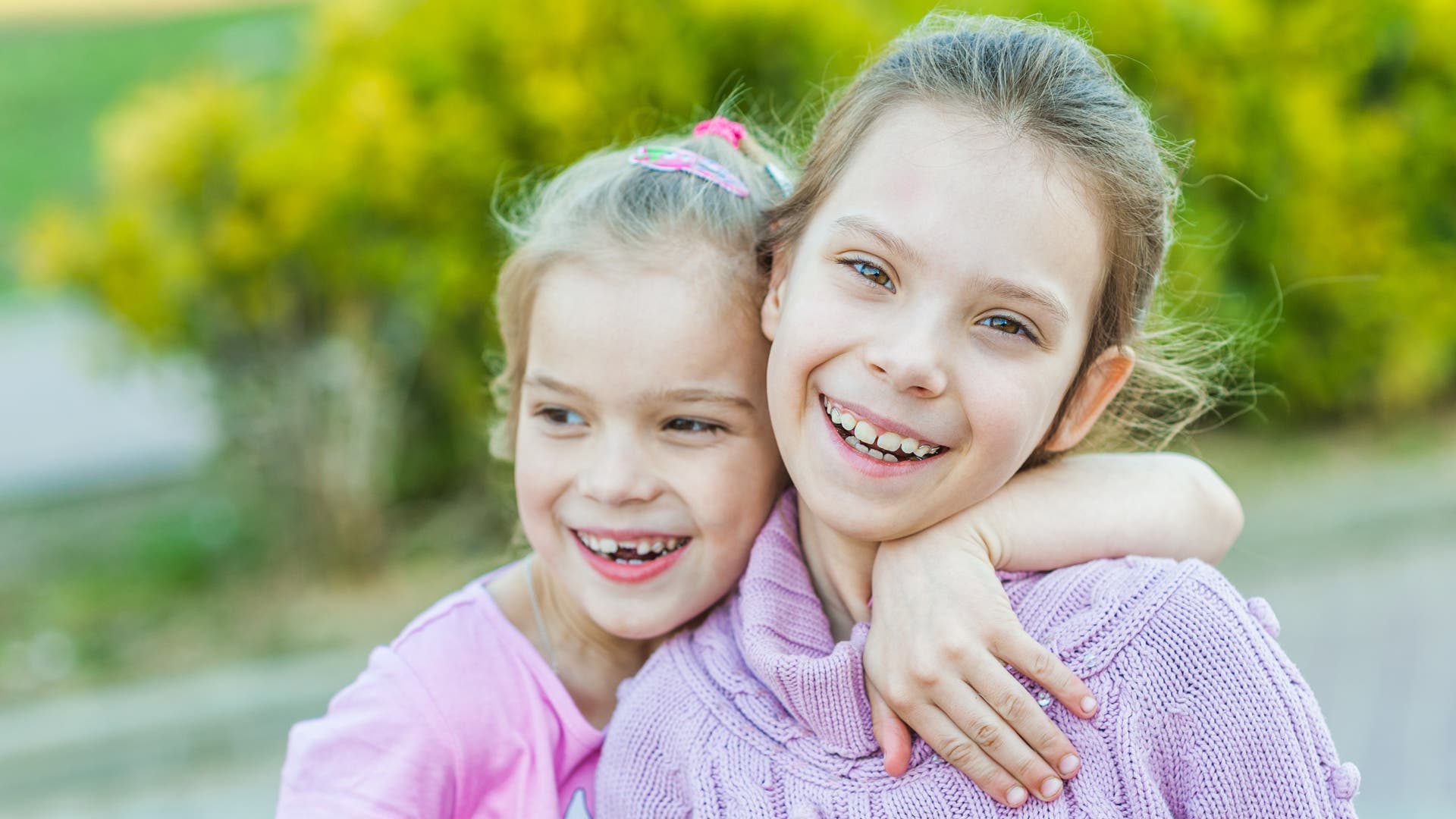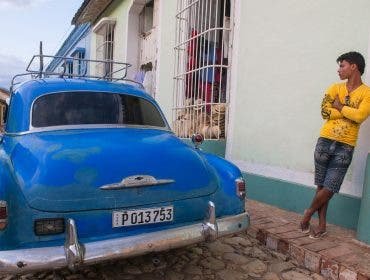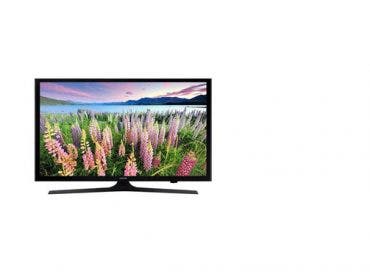Capturing a great picture of your kid can often feel like catching lightning in a bottle. Children can often be unpredictable, temperamental, and uncooperative. They can also be magical. This post is meant to be a lightning rod to help you capture those fleeting moments and bottle it forever in a picture you will cherish.
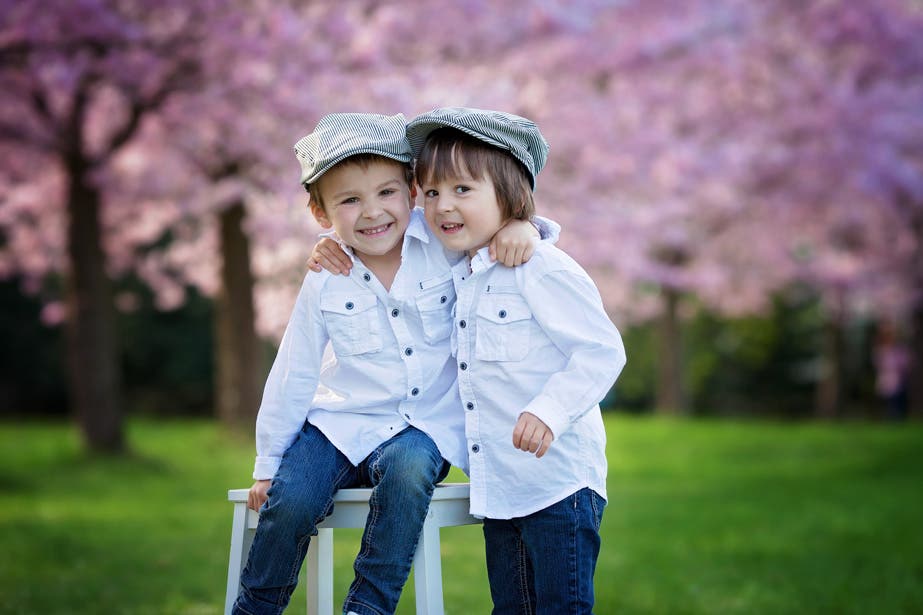
Preparation is the name of the game
Children are not inherently patient creatures. In order to make the most of the opportunities to catch a child’s expression or get a genuine smile, you must be ready when the opportunity presents itself. If you are starting your photographic journey, beginning by using your camera’s AUTO setting is nothing to be ashamed of. Some cameras also have a dedicated child shooting mode and these usually take into account the skin tone and speed of children.
If you want to have greater control over your pictures than the preset looks allow for, you will need to learn the basics. There are plenty of great articles on the Adorama Learning Center.
The most common question I get from people who want to photograph their kids is what camera should they get. As there are varying budgets and needs from people who want a compact camera to have with them at all times to those looking for something that will give them a professional look, this may require a post dedicated to just this subject. I will however try to give you some simple technical advice based on common photographic needs to help you better understand and find what you are looking for.
Use a fast Shutter speed. For fast moving kids, a shutter speed of 1/200th of a second should be good enough to stop most motion. A fast shutter speed limits the amount of light hitting your sensor, so this is best when you are in very bright light such as a bright sunny day. In less than ideal lighting conditions this will lead to a very dark image, so you may need to either raise your ISO or use a slower shutter speed, or both to compensate. This is also assuming you are using your lens at its maximum aperture.
If you have the budget and a camera which allows you to change lenses, you will want to look into a fast lens that is f/2.8 or faster. This will allow you to shoot with the faster shutter speed and it will also isolate your child from the background better.
A telephoto lens will allow you to take pictures from further away and still be able to get a relatively close shot of your child. This is a feature of both interchangeable lens cameras as well as compact super-zooms. Look for a lens that can zoom to 135mm or greater. This is a great tool for kids who play sports, concert situations, and especially for capturing kids who are camera shy. Do be aware though that super-zooms are bigger than your average compact camera and that a dedicated telephoto lens is larger and heavier than standard lenses. These factors make them less than ideal for people who want to keep a lower profile or don’t want to carry heavy equipment. Also, cameras with zoom lenses attached may require a tripod to keep hand shake from making your picture blurry.
Get low
This is the best thing you can do right now to make sure you get better pictures of children. Children are low to the ground and adults often tower over them. When you take a picture shooting down on them it makes them look small. Crouch down to their level. Shoot with the camera at their eye level and you will see a massive improvement in the quality of your photos. When you get down to their level children are also more likely to give you a better expression and you get to see the world more through their eyes.
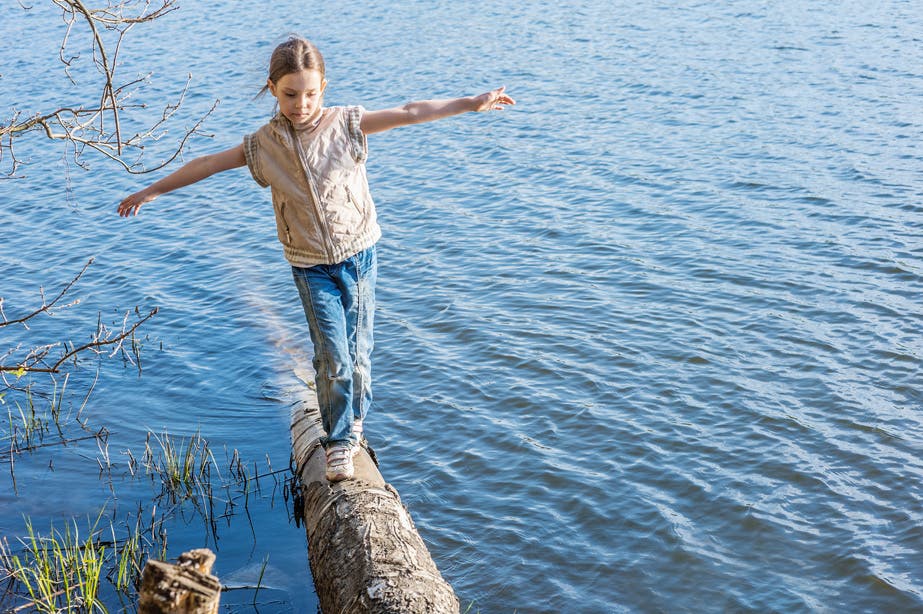
Catch them when they aren’t looking
Candid pictures are almost always better than staged photos. You get a much more natural expression and you get to see your child interacting in their world. Combine this with shooting at their level and you will be golden. There is however an art to getting the expression, a great background and a nice composition, all while not being noticed. You need to go into your best version of ninja mode and apply all your photographic might.
Good light makes better pictures
Natural light is your friend. Try to search for nice soft light doesn’t cast harsh shadows. If the sun is high in the sky that is usually not the best time for getting the best photos. Don’t get me wrong, you can definitely capture good shots at this time, it is just better if outdoors to earlier or later in the day. If indoors, shooting by windows can also lead to nice contrasting shots, just be careful that you don’t get odd colors across your subjects face if the color of the inside light is different from the outside light color.
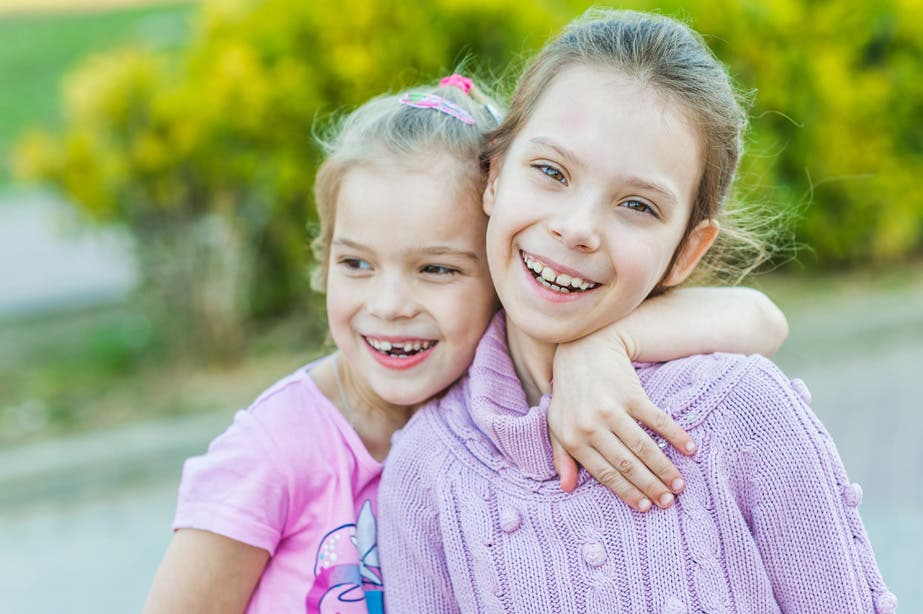
Know when to NOT bring the camera out
Often you just have to enjoy the time you get to spend with your kids instead of trying to capture it all. Children also may not be interested in being the subject of a lifelong documentary project. Another reason to put the camera away sometimes is that no matter what you do, the child may not want to be photographed and pushing them to take a picture will only make matters worse.
Capture their personality
If times we as photographers forget to try and capture the personality of the subject. We just want a nice picture of the kid playing or smiling without looking for that extra little something that reveals something about who they are. This is especially true when you are constantly asking your child to pose for a photo. Try to get them to not view the camera as a chore, but rather a fun experience and you will definitely get better shots that have that little twinkle in the eye that you won’t get if they feel like a photo is an imposition.
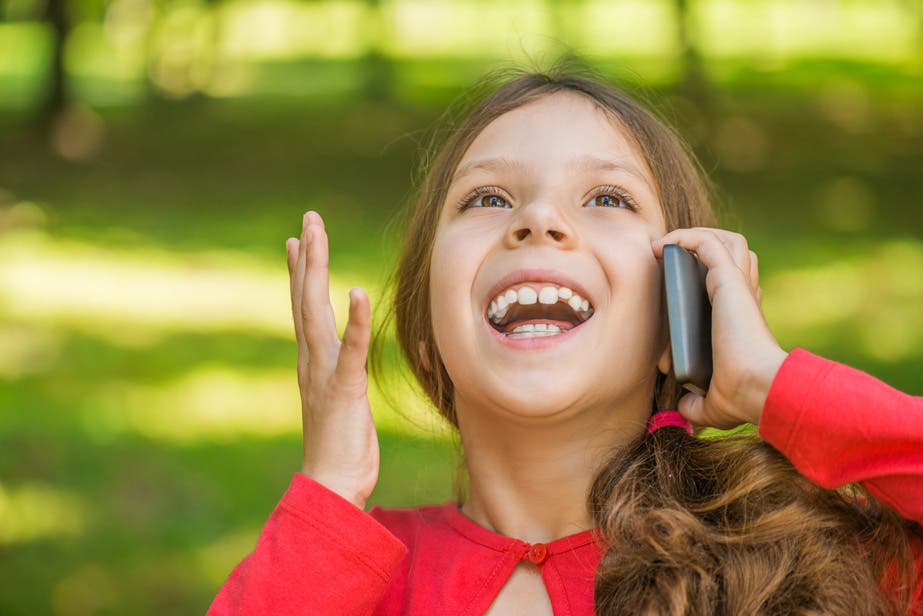
Be patient
Maintaining a calm, upbeat demeanor when trying to get a picture of children can be especially hard. It is definitely a skill that is on full display with professional child photographers. They have the patience of saints! The below picture of my nieces and nephew came together rather quickly and mostly painlessly. I employed a lot of the advice I have already given above. I set the camera up at eye level and made sure the settings were locked in, I used my sister, who had to crouch down, as a stand in to see how the light looked and I set up the background of the shot to get the warm homey feel I was looking for. Only after all that were the kids forced to dress in their nice clothes and get ready to take the picture. After a few tries I saw that they weren’t really engaged and that I wasn’t getting the image I was looking for, so I gave Michael, in the middle, the responsibility of holding his little sister, Amelia, and then had Isabelle stand behind them. This lead to a nice grouping of the kids that felt more natural and got better expressions from them. I didn’t have to shift the camera position too much, the settings and background remained exactly the same and I engaged them throughout the process to see what they thought so they knew it was their picture as well. And in the end we were all happy with the outcome.
